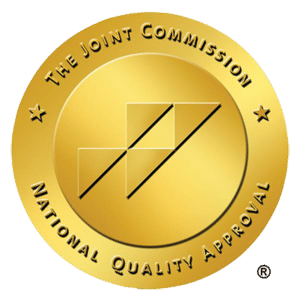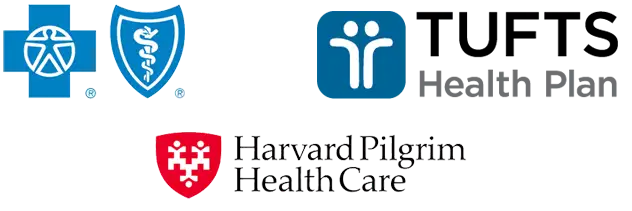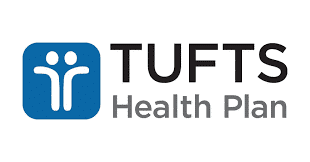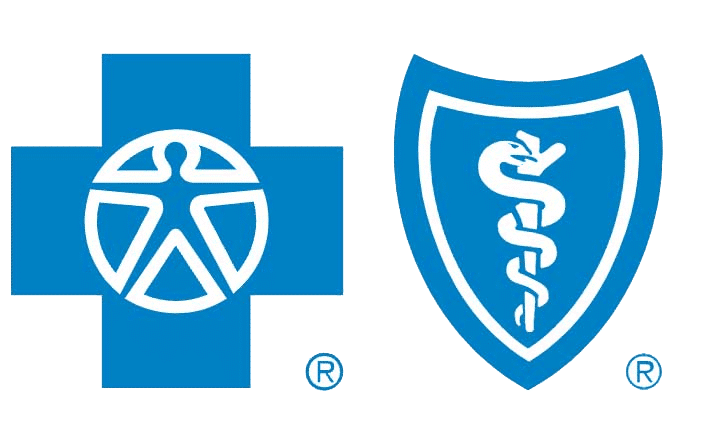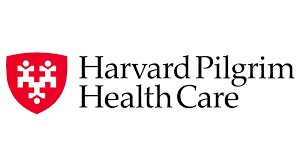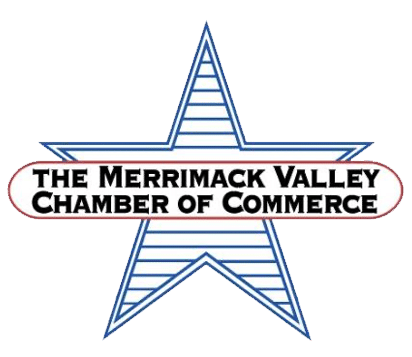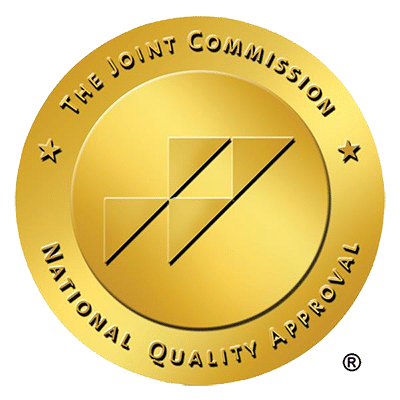Prescription drug abuse has infiltrated every corner of society, affecting individuals of all ages, backgrounds, and lifestyles. With the misuse of the most commonly abused prescription drugs, such as opioids, CNS depressants, and stimulants on the rise, it’s clear that we are facing a significant public health crisis. But what exactly constitutes prescription drug abuse, and how can we fight back against this pervasive issue?
Key Takeaways
- Prescription drug abuse affects individuals across all demographic lines, involving unauthorized use of medication prescribed for other purposes, and is facilitated by numerous methods such as ‘doctor shopping’, pharmacy theft, and fraudulent prescriptions.
- Commonly abused prescription drugs fall into three main categories: opioids for pain relief, CNS depressants for anxiety and sleep disorders, and stimulants for ADHD, each with potential for addiction and severe health risks including overdose and death.
- Efforts to curb prescription drug abuse include monitoring and education by healthcare professionals, informed use and disposal by patients, school-based prevention initiatives, and legal measures under the Controlled Substances Act with consequences such as fines and imprisonment.
Understanding Prescription Drug Abuse
Prescription drug abuse is characterized by the unauthorized use of prescription medication, deviating from the prescribed guidelines set by healthcare professionals. As many as 16 million Americans aged 12 and above engage in abuse prescription drugs within a year, a staggering figure that represents nearly half of all adults who have used prescription drugs in the last 30 days. This issue cuts across all demographic lines, with individuals from all age groups, racial backgrounds, and socioeconomic statuses falling prey to prescription drugs abused.
Various methods are often used to acquire prescription drugs for misuse. Some individuals resort to ‘doctor shopping’, visiting multiple physicians to obtain multiple prescriptions. Others may resort to theft from pharmacies, or obtaining fraudulent prescriptions, all in the pursuit of a state of intoxication.
Factors Contributing to Prescription Drug Abuse
Several factors contribute to the rising trend of prescription drug abuse. One major contributor is the overprescription of certain medications, particularly opioids. This has led to an increase in addiction and overdose, emphasizing the need for physicians, patients, and pharmacists to work together to prevent prescription drug abuse.
Young individuals, in particular, tend to acquire prescription drugs through their peers, friends, or family members, or by stealing from individuals with legitimate prescriptions. This easy access exacerbates the growing issue of prescription drug abuse among teenagers, who may misuse these medications for self-medication or recreational purposes.
Categories of Commonly Abused Prescription Drugs
Three main categories of prescription drugs are commonly misused:
- Opioids like oxycodone and hydrocodone, known for their strong pain-relieving effects, are frequently misused.
- CNS depressants, including Xanax and Valium, are sought after for their calming effects.
- Stimulants like Adderall and Concerta are misused for their energy-boosting and focus-enhancing properties.
Want to Learn More?
Our addiction recovery team is here 24/7 to answer your questions or to get you help.
Opioids: Pain Relief and Addiction
Opioids are used to treat pain, especially in cases of severe and chronic conditions, acting by binding to opioid receptors in the brain. This results in pain relief and a feeling of euphoria. However, misusing opioids can result in addiction and the potential use of illegal street drugs like heroin. Globally, over 16 million individuals, including three million in the United States, are dependent on opioids and meet the criteria for opioid use disorder.
The misuse of these potent painkillers can have serious consequences. In 2021, opioid-related overdoses claimed the lives of over 80,000 individuals, with nearly 88% involving synthetic opioids. This points to the severity of the issue surrounding prescription medications misuse.
CNS Depressants: Anxiety Treatment and Misuse
CNS depressants, which affect the central nervous system, are used to alleviate anxiety and sleep disorders. These medications, which include sedatives and tranquilizers, produce a calming effect and are often prescribed to treat anxiety and other mental health conditions. However, misusing these medications can result in addiction and significant health risks.
CNS depressants can be misused to attain a calming effect, which certain individuals may pursue to experience a state of euphoria. This misuse can result in a range of adverse health effects, including cognitive and motor impairments, respiratory difficulties, and in severe cases, even death.
Stimulants: ADHD Medication and Illicit Use
Stimulants, such as Adderall and Ritalin, are designed to treat attention deficit hyperactivity disorder (ADHD) by increasing dopamine and norepinephrine activity in the brain, enhancing concentration and focus. Misuse of these medications can lead to dependency, substance abuse, and a predisposition to developing addictions in the future.
Misusing stimulants can lead to various health risks, such as:
- heart disease
- high blood pressure
- seizures
- irregular heartbeat
- a potential for addiction
Despite their legitimate purposes, these drugs can have severe consequences when used inappropriately, especially when they are considered illicit drugs.
Most Commonly Abused Prescription Drugs
The most commonly abused prescription drugs include a range of opioids, CNS depressants, and stimulants, which are part of the larger category of prescription and otc medications. Opioids such as OxyContin and Vicodin, CNS depressants like Xanax and Valium, and stimulants such as Concerta and Adderall rank high on this list.
Misusing these drugs can result in various negative health effects, addiction, and in some cases, death.
Consequences of Prescription Drug Abuse
Misusing prescription drugs can lead to numerous health hazards, including:
- Alterations in mood and behavior
- Cognitive impairment
- Respiratory difficulties
- In severe instances, fatality
Furthermore, these issues are strongly associated with the potential development of dependency and subsequent addiction to these medications.
In addition to the health risks, there are also legal implications to consider. The unauthorized use or distribution of prescription drugs is against the law and can result in varying penalties, including:
- Misdemeanor charges
- Felony charges
- Arrest
- Prosecution
- Imprisonment
It is important to be aware of these consequences and to always use prescription drugs legally and as prescribed by a healthcare professional.
Identifying Prescription Drug Abuse
Recognizing the signs of prescription drug abuse is key to early intervention and to prevent severe consequences. Typical signs include:
- Alterations in mood or behavior
- A waning interest in other treatments
- Manifestation of withdrawal symptoms
- Exceeding recommended medication usage
- Attempting to expedite prescription refills
Specific indications of opioid, CNS depressant, and stimulant abuse can include symptoms such as mood and behavioral changes, the presence of withdrawal symptoms, and the consumption of a dosage exceeding the recommended amount.
Strategies for Prevention and Intervention
Reducing prescription drug abuse requires a combined effort from:
- Individuals
- Parents
- Schools
- Medical professionals
Parents can engage in conversations with their children about the risks associated with prescription drug abuse, while schools can integrate substance abuse prevention initiatives and offer counseling support.
Healthcare professionals have a significant role in prevention. Doctors need to monitor their prescribing patterns and educate their patients on the risks of nonmedical use, while patients should adhere to prescription guidelines and ensure proper disposal of medications.
Over-the-Counter Drug Abuse: A Growing Concern
Misuse of over-the-counter drugs is another increasing concern, especially among the youth. Adolescents and young adults often misuse over-the-counter drugs, including cough medicines and painkillers containing codeine or other opiates. The easy availability and accessibility of these medications, along with misconceptions about their safety, contribute to this growing problem.
Legal Implications of Prescription Drug Abuse
The illegal use or distribution of prescription drugs is a grave offense. Federal regulations, such as the Controlled Substances Act (CSA), categorize regulated substances into five schedules, and misuse can result in varying penalties, including fines and imprisonment.
Even initial offenses can result in severe penalties, including fines of up to $1,000 and imprisonment for up to one year. This underscores the seriousness of prescription drug misuse and the stringent legal measures in place to curb it.
Resources and Support for Prescription Drug Abuse Recovery
Recovery from prescription drug abuse is achievable, with numerous resources and support systems available to help individuals in their recovery journey. Essential to overcoming addiction is getting treatment at a licensed drug addiction rehab center, such as the Gateway Foundation, which offers evidence-based addiction treatment.
In addition to rehab centers, necessary programs and therapies for recovery encompass a range of therapies, educational sessions, and support. Together, these resources can provide comprehensive support and guidance for individuals striving to recover from prescription drug abuse.
Summary
Prescription drug abuse is a pervasive issue that affects individuals across all walks of life, with far-reaching health, legal, and societal implications. However, with increased awareness, comprehensive prevention strategies, and robust support systems in place, it is possible to combat this crisis. Remember, recovery is possible, and help is always available.
Frequently Asked Questions
What is the most commonly used and abused depressant?
The most commonly used and abused depressant is alcohol, followed by Xanax among teens. It’s important to be aware of the risks associated with these substances.
What drugs are most commonly abused by nurses?
Nurses are most commonly abused benzodiazepines and opioid painkillers due to their access to prescription medications. This vulnerability can lead to addiction.
What drugs are most likely to be prescribed as tranquilizers?
The most likely drugs to be prescribed as tranquilizers for anxiety, acute stress reactions, and panic attacks are Xanax, Valium, Klonopin, and Ativan.
How can you identify signs of prescription drug abuse?
You can identify signs of prescription drug abuse by observing alterations in mood or behavior, a waning interest in other treatments, manifestation of withdrawal symptoms, exceeding recommended medication usage, and attempting to expedite prescription refills. Be vigilant for these signs and seek help if you notice them.
What are some strategies for preventing prescription drug abuse?
To prevent prescription drug abuse, it is important to engage in conversations with children, integrate substance abuse prevention initiatives in schools, monitor prescribing patterns, educate patients on the risks of nonmedical use, and ensure proper disposal of medications. These strategies are crucial in addressing the issue of prescription drug abuse.
Related Posts

Critical Signs of Meth Addiction: Symptoms & Support Options
Wondering what are the warning signs of meth addiction? Early detection can be lifesaving. From drastic behavioral swings to ‘meth mouth,’ these symptoms are alarming

Essential Guide on How to Help Someone with Meth Addiction
If you’re seeking to understand how to help someone with meth addiction, this article is your immediate support guide. Encountering meth addiction within someone you

Recognizing the Warning Signs of Marijuana Addiction
Knowing the signs of marijuana addiction is vital for recognizing a serious problem that often goes unnoticed. In this article, we address the real indicators

Decoding Opioid Addiction Statistics: A Harsh Reality Check
What do the numbers say about the opioid crisis? Diving into opioid addiction statistics offers a sobering reality check: a surge in usage and deaths

Effective Strategies on How to Prevent Opioid Addiction
The key to preventing opioid addiction starts with being informed. If you’re seeking concrete steps on how to prevent opioid addiction, this article is for

How to Help Someone with Cocaine Addiction Effectively
Wondering how to help someone with cocaine addiction? It can feel overwhelming, but your role is crucial. In this guide, you’ll find understandable and practical
